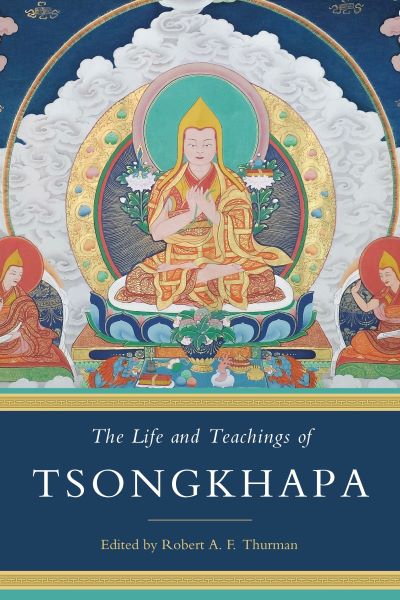Ladakh the original form of Tibetan tantric yogas
In Ladakh, the Nyingmapa, who adhere to the original form of Tibetan tantric yogas, are represented by the influential dzogchen master Staglung Rimpoche of Trag thog gompa. On the other hand, the lineage of teachers in the Kargyupa order, which traces its roots back to Marpa, holds a more significant role in the history of Buddhism in Ladakh. The current schools in Ladakh, known as the “red hats” of Hemis, Lamayuru, and Stagna gompas, have undergone minor reforms. They continue to supply teachers to the Royal Family and oversee numerous tiny temples throughout the kingdom, along with a significant number of notable monasteries.
The Gelugpa, a later reformed school of Tsongkhapa, also contains yogins, but they are not as numerous and typically get training from red hat yogins at some point. The Gelugpa primarily exert their influence through the teaching of advanced philosophy and ethics, the preservation of Buddhist research, and their prominent involvement in politics. In Buddhism, scholars differentiate between a tradition that emphasizes salvation via merit and another one that focuses on achieving Nirvana.

In the previous scenario, redemption is attained through multiple cycles of reincarnation, which is a consequence of accumulating merit from virtuous deeds. By possessing merit, one can eliminate negative karma and avoid being reincarnated as an animal, a hungry ghost, a titan, or a deity in lesser worlds. One can only achieve liberation by making choices and behaving in ways that embody the pursuit of enlightenment, but this is only possible as a human person. That is why human life is regarded as an extremely valuable possession.
Most lay Buddhists and monks in Ladakh are primarily focused on accumulating merit. They lack the audacity to believe that they can attain enlightenment within a single lifetime. Only a slow progression towards that objective is feasible. However, if an individual decides to embrace the monastic lifestyle and renounce the responsibilities of a householder, a much broader range of opportunities becomes apparent.
The way of salvation, known as the Sutras, is the widely accepted perspective within the Mahayana tradition. Over time, the mind becomes free from negative consequences of past actions. Simultaneously, one comes to understand that the only means to break free from the continuous cycle of birth and suffering in the material world is to cultivate a genuine desire for enlightenment. This desire must prioritize the welfare of others over one’s own.
If such a motivation can be genuinely achieved, then the mastery of oneself and freedom are within reach. However, it is acknowledged that both the Buddha and the Arhats attained liberation from the afflictions of mundane existence in a single lifetime. This is potentially possible. Some monks and laypersons feel that this potential of achieving Nirvana is attainable. Mastering the greatest level of Tantra is necessary to transform the everyday desires of life and attain a profound state of consciousness known as the Buddha mind. These practices form the foundation of the yogins’ pursuit.